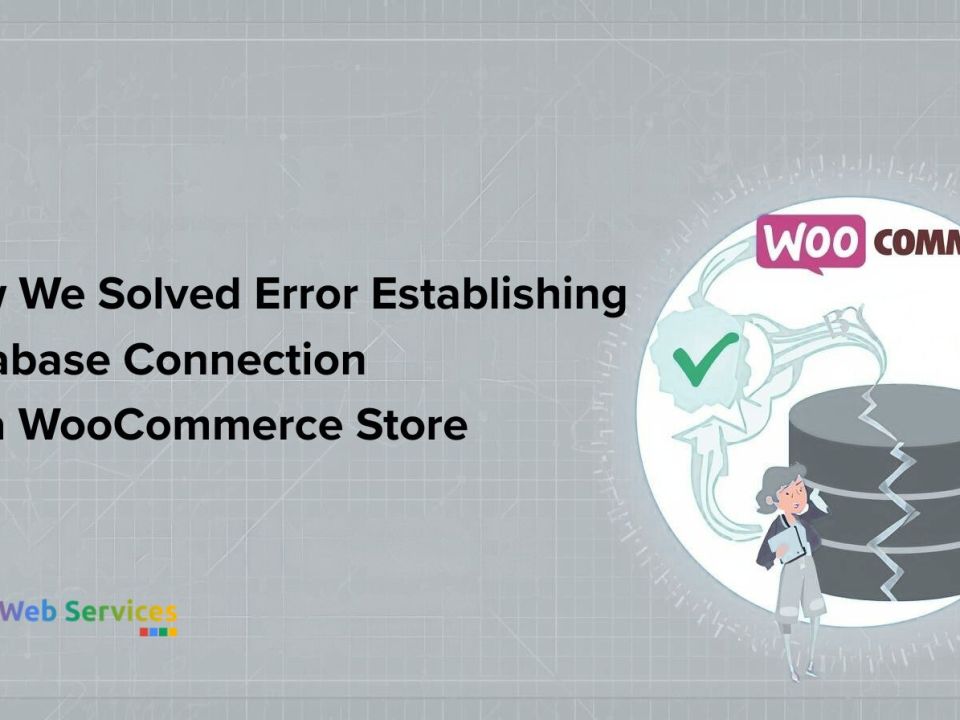
Integrating Cloud Computing with On-Premises
15 November 2015
Cloud Architects Replace Rack-and-Stack Administrators
17 December 2015Setting up a domain leads to a need to have a mail server to take over incoming and outgoing mail of your domain. One option would be to operate your own mail server, though that is seldom the best solution. There are a various reasons why it may not be the best option to run your own mail server.
Here are some of the reasons why you may not prefer to run your own server.
Mail server complexity
Typically, mail servers consist software components providing specific functions. Each component is uniquely customized to come together and provide a fully-functional mail server. Due to the various parts, the set up can be difficult and complicated.
Some of the components to set up a mail server:
- Mail Delivery Agent
- Mail Transfer Agent
- IMAP and/or POP3 Server
Some additional components include
- AntiVirus
- Webmail
- Spam Filter
The choice of components to use is often left to the user. The domain name, SSL Certificate and appropriate DNS records are necessary for mail servers.
Let’s explore the components
Mail Transfer Agent (MTA)
This handles the SMTP (Simple Mail Transfer Protocol). It is responsible for
- Sending out mail form your users to an external MTA
- Receipt of mail from an external MTA
Mail Delivery Agent (MDA)
This can also be referred to as Local Delivery Agent (LDA), and retrieves mail from the MTA placing it in the respective user’s mailbox.
Mailbox formats come in varieties like mbox and maildir. The choice of mailbox format determines how the messages are actually stored on the mail server which, in turn, affects disk usage and mailbox access performance.
IMAP and/or POP3 Server
The IMAP and POP3 protocols are used by mail clients making any software handling mail retrieval and reading of mail uses this protocols. Each has its own particulars but there are some essential differences.
POP3 is simple and transfers email to the email client’s computer typically being the user’s local computer by default.
IMAP protocol is extra complex, where it allows multiple clients to connect to an individual mailbox simultaneously. The mail is replicated on to the mail client with an original being left on the mail server. This ensure that it may be retrieved cross multiple devices.
Zimbra is a good example of software that offers both IMAP and/or POP3 server functionality.
Spam Filter
Spam filter’s purpose is to regulate the amount of incoming junk or spam mail reaching the user’s mailbox. They accomplish it by applying rules. These rules consider various factors such as server that sent the messages, the content of the messages among other things. Once the message “spam Level” is at a certain threshold then it is classified and spam.
The same spam filters may be applied to outgoing mail. This is extremely beneficial in situations where a sender’s mailbox is compromised as it may help reduce the spam that may be sent from your mail server.
A popular Opensource spam filter is SpamAssassin.
Antivirus
An Antivirus detects Trojans, Viruses, threats like malware and others in the incoming and outgoing mail. A popular antivirus engine that is open source is ClamAV.
Webmail
Webmail is essentially a mail client that that users can access via a web browser. Most users expect this access as part of an email service. The webmail component requires a web server that runs on the mail server such as Apache or Nginx. Common examples are Zimbra
Time consuming maintenance
There are some obvious maintenance tasks like ensuring that your antivirus and spam filters’ rules are updated and the components of mail server as well. There are however some that may not have been as obvious.
Avoiding Blacklists
It goes without saying that it is paramount to keep your server off of various blacklists known as blackhole lists, DNSBL or blocklists. They contain IP addresses of mail servers reported to send spam or Junk mail and even improperly configured DNS records.
There are many mail servers that subscribe to either of these blacklists and filter incoming messages on the basis that the mail server that sent the message is on any of those lists.
If your mail server gets on any of these, it means that outgoing messages from your mail server may be filtered and rejected prior to reaching their destinations.
The good news is that it is possible to get your server delisted from any of these lists. You would have to determine the reason for blacklisting of your server and resolve the particular issue. Subsequently, look up the process for the particular blacklist that your server is on and follow it.
Difficult Troubleshooting
The mail server can be a complex system that is easy to overlook the trouble shooting aspect which can be difficult. A good example is how to resolve the issue where your sent messages are not being received. Such an issues would be a s a result of misconfiguration in one of mail server components such as being on a blacklist, an external problem or poorly tuned outgoing spam filter.
Mail Services Alternatives
Since you now know what it means to run your own mail server there is an option to have that service outsourced. Here are some mail services that you might like to consider. They will allow you and your applications to send or email from your own domain.
- Enterprise Mail server
- TDWS Hermes










